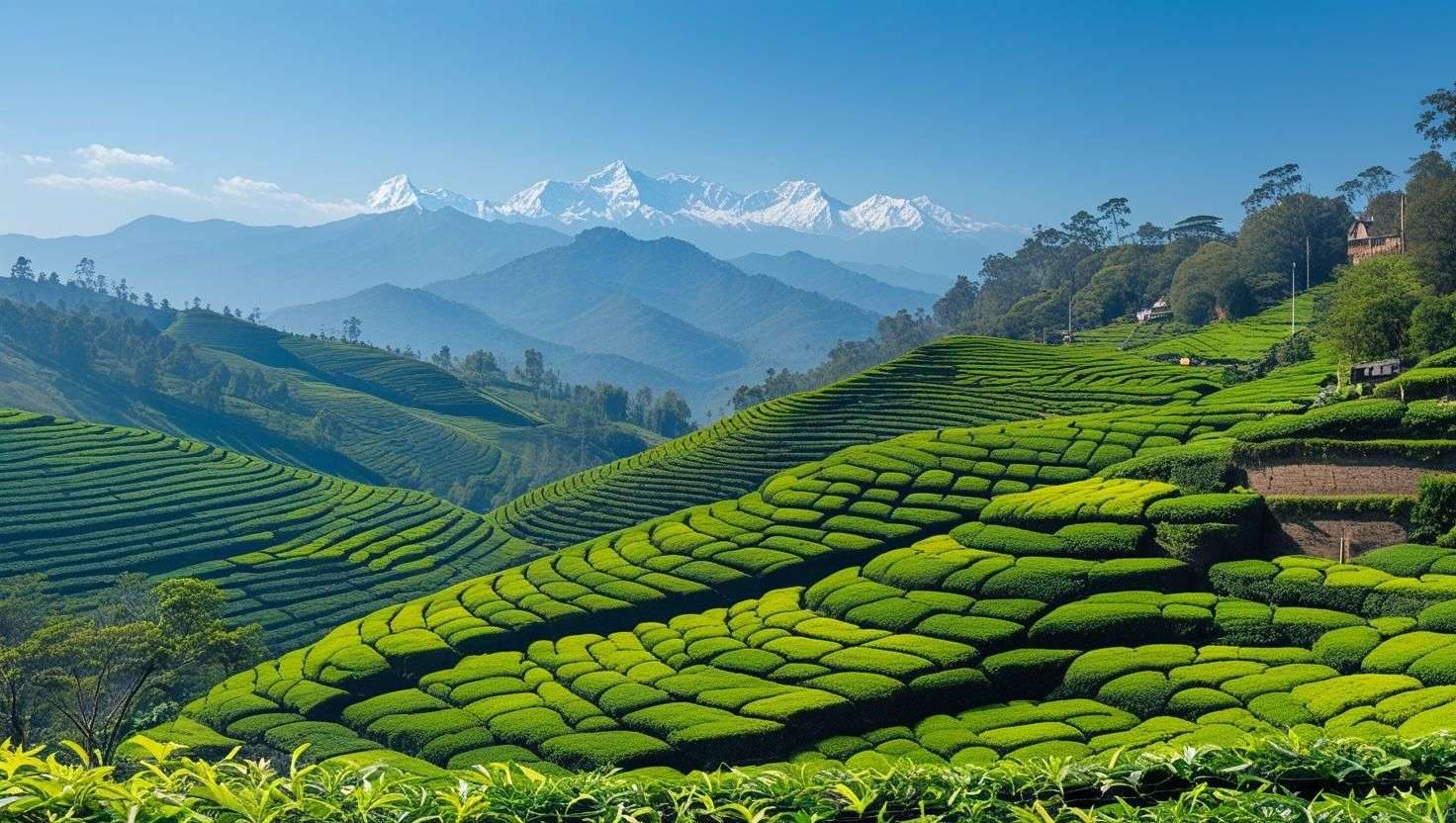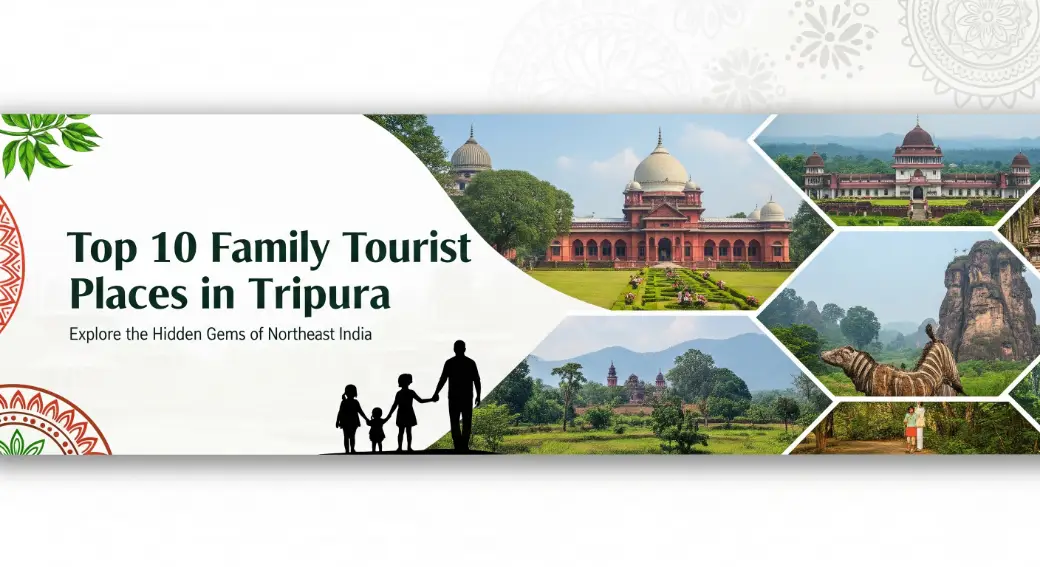Discover Darjeeling: The Queen of Hills and Her Endless Charm
Nestled amidst the breathtaking Himalayan ranges, Darjeeling is often called the "Queen of Hills." This enchanting hill station, located in the Indian state of West Bengal, is a blend of natural beauty, cultural richness, and historic charm. Known for its sprawling tea gardens, stunning views of the Kanchenjunga peak, and colonial architecture, Darjeeling has captured the hearts of travelers for decades. Whether you’re a nature lover, a history enthusiast, or someone looking for a peaceful retreat, Darjeeling offers an unforgettable experience.
A Glimpse into Darjeeling’s History
Darjeeling’s history dates back to the early 19th century when it was a small trading post. The British East India Company recognized its potential as a hill retreat and started developing it as a summer capital to escape the scorching plains. Over time, the British established tea plantations and built the famous Darjeeling Himalayan Railway, affectionately known as the "Toy Train." The railway is now a UNESCO World Heritage Site, celebrated for its engineering marvels and scenic route.
Scenic Beauty: The Himalayas at Your Doorstep
One of the main attractions of Darjeeling is its stunning Himalayan backdrop. The majestic Kanchenjunga, the third-highest peak in the world, graces the horizon with its snow-capped peaks. For an awe-inspiring experience, visitors often head to Tiger Hill early in the morning. Watching the sun rise over the Kanchenjunga, with its golden rays illuminating the peaks, is a magical moment that lingers in memory.
Darjeeling’s landscape is dotted with lush green tea gardens, pine forests, and tranquil lakes. The Botanical Gardens, home to rare orchids and exotic plants, is a must-visit spot for nature enthusiasts. The peaceful ambiance and the sweet aroma of blooming flowers make it a perfect place for leisurely strolls.
The Charm of Darjeeling Tea
No discussion about Darjeeling is complete without mentioning its world-famous tea. Known as the "Champagne of Teas," Darjeeling tea is prized globally for its unique flavor and aroma. The tea estates stretch over rolling hills, with tea pluckers harvesting leaves by hand. Visitors can tour these estates to learn about tea cultivation and processing. Many estates have charming tea shops where you can savor fresh Darjeeling tea, paired with delicious local snacks.
Cultural Melting Pot
Darjeeling is a melting pot of cultures, where Nepali, Tibetan, Bengali, and British influences converge. The town’s diverse communities celebrate various festivals with enthusiasm, showcasing colorful traditions and folk dances. The peaceful monasteries and stupas scattered around add to Darjeeling’s spiritual aura.
The Tibetan Refugee Self-Help Centre is an interesting place to visit, where artisans create beautiful handicrafts. You can buy authentic souvenirs like handwoven carpets, prayer flags, and traditional jewelry here.
Adventure and Activities
For adventure seekers, Darjeeling offers plenty of options. Trekking through the hills, mountain biking, and bird watching are popular activities. The Singalila National Park, a short drive from Darjeeling, is renowned for its rich biodiversity and offers trekking trails with stunning views.
You can also take a ride on the Darjeeling Himalayan Railway. This charming narrow-gauge train chugs through tunnels and bridges, providing a unique perspective of the hills. The train journey itself is a nostalgic trip back in time.
Food and Cuisine
Darjeeling’s culinary scene reflects its multicultural fabric. From steaming momos (Tibetan dumplings) and thukpa (noodle soup) to Bengali sweets like rasgulla, the local food is delightful. Small cafes and street stalls offer delicious snacks that are perfect after a day of sightseeing. Don’t miss trying the locally brewed butter tea, a warming drink popular among the hill communities.
Best Time to Visit
Darjeeling enjoys a moderate climate throughout the year, but the best time to visit is between March and May or September and November. During these months, the weather is pleasant, skies are clear, and the views of Kanchenjunga are spectacular. The monsoon season (June to August) brings heavy rains, which might hamper travel plans, while winters can get chilly, especially at night.
Getting There and Around
Darjeeling is well-connected by road and rail. The nearest airport is Bagdogra, about 70 km away, with regular flights from major Indian cities. From Bagdogra or Siliguri, you can hire taxis or take buses to reach Darjeeling.
Within the town, shared jeeps and taxis are common modes of transport. Many key attractions are within walking distance, allowing visitors to soak in the hill station’s quaint charm at a leisurely pace.
Sustainable Tourism and Responsible Travel
With increasing tourism, it is important to preserve Darjeeling’s natural beauty and cultural heritage. Travelers are encouraged to respect local customs, avoid littering, and support eco-friendly initiatives. Choosing locally owned hotels, guides, and shops helps the community sustain itself and maintains the authenticity of the experience.
Conclusion
Darjeeling is not just a hill station; it is an experience that stays with you forever. From the tranquil tea gardens to the bustling markets, from the serene monasteries to the exhilarating mountain views, every corner of Darjeeling tells a story. Whether you seek adventure, relaxation, or cultural immersion, Darjeeling welcomes you with open arms and endless charm.
Plan your trip to the Queen of Hills and discover why Darjeeling continues to enchant travelers from all over the world.





